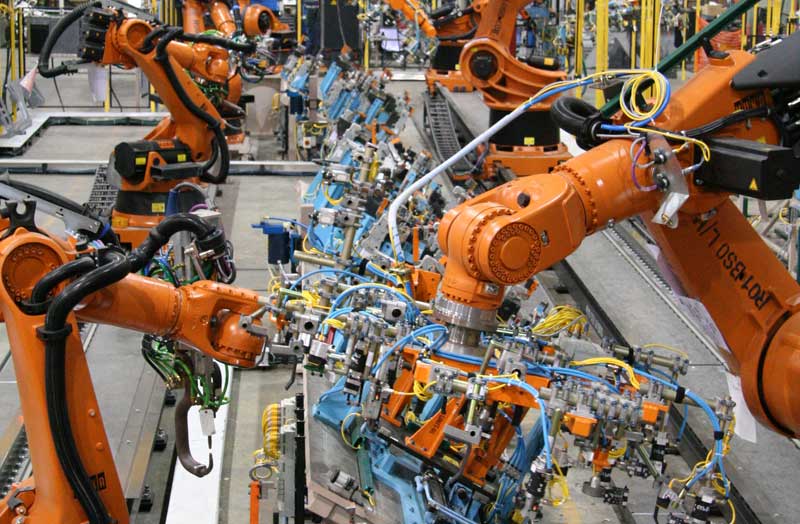Essential Technologies for High Performance Motion Control

A contoured move defines a series of points that motion controller use to extrapolate smooth curves. The smart contoured points are generated through graphics programs or CAM/CAD and are mainly stored in text or spreadsheet form. Note that, move constraints that are used to limit different move types like; maximum deceleration, maximum velocity, maximum jerk, and maximum acceleration do not affect smart contouring. Meaning that, a contoured move can readily damage the cutting machine. However, the smart contouring technology allows application of move constraints to all contoured moves to ensure longer machine lives and faster moves.
Joystick control/ teach pendant
In almost all robotics applications, like assembly and painting, robots must be taught the applicable position sequences that they should travel through in addition to the industrial process related events. The robot teaching process is usually initiated using a joystick or teach pendant to moves the robot tool sequentially to specific points and positions. In motion control, the teaching technique is used to teach the motion assistant the pattern that motors must follow by moving and recording their positions manually.
Jitter free velocity profile through advanced step generation
Though stepper controllers operate in two modes, the step and direction mode is quite common. It is characterized by production of step pulses by one output while the other produces direction signals. Following a counterclockwise and clockwise mode, pulses are produced by the first output as it moves forward (clockwise) while the second output produces pulses as it moves in reverse (counterclockwise). Note that, all pulses are synchronized with an onboard or system clock. Relying on a stepper controller to generate pulses may be complex especially in cases where the pulse frequencies to be generated do not match with the exact clock frequency multiple. Most stepper controllers generate varying frequency pulses in time slices. Though this may not affect the stage or motor positions, it affects the move velocity profile resulting in stalled motors and jerks.
In certain motion control applications such as; alignment, assembly, tracking, or flexible parts feeding, integration of machine vision and motion control functions in a single program is essential. When this happens, you must ensure that the motion control program in use eliminates image distortion and correlates all applicable motion units with relevant vision units. In addition, the coordinating machine vision and motion control systems must be in line.
